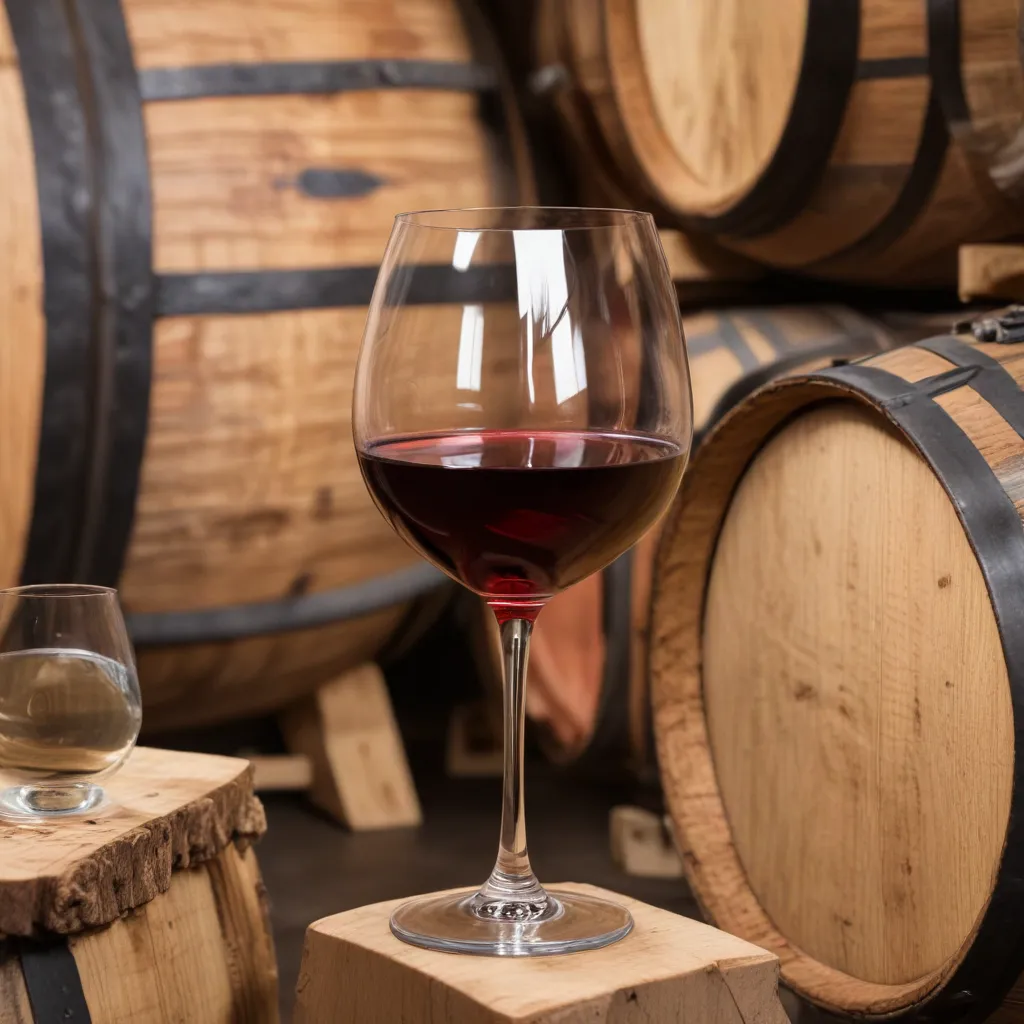
Acidity is a fundamental and complex component of wine, playing a pivotal role in shaping its taste, texture, and longevity. As vintners, we must carefully manage the delicate balance of acids to create wines that are both delightful and harmonious. In this comprehensive exploration, we’ll delve into the science behind acidity, its influence on flavor and mouthfeel, and the techniques employed by our winemaking team to achieve the perfect acid profile.
The Science of Acidity
At the heart of a wine’s acidity are the organic acids present in the grape must, primarily tartaric, malic, and lactic acids. The concentration and interplay of these acids are crucial in determining the wine’s overall pH and total acidity (TA).
pH is a measure of the hydrogen ion concentration, ranging from 0 to 14, with lower numbers indicating higher acidity. White wines typically fall between pH 3.0 and 3.3, while reds tend to be slightly higher, around pH 3.3 to 3.6. However, exceptional wines can sometimes defy these norms, showcasing the complexity of acid balance.
Total acidity, on the other hand, refers to the total concentration of titratable acids, typically expressed in grams per liter (g/L) of tartaric acid equivalent. This measurement provides a more comprehensive view of a wine’s acidic composition, as pH alone does not account for the varying strengths of different organic acids.
Tartaric acid, the primary acid in grapes, contributes a firm, almost “hard” sensation, while malic acid imparts a green, tart quality. Lactic acid, produced during malolactic fermentation, offers a softer, creamier mouthfeel. The interplay of these acids is what gives each wine its unique personality.
Balancing Acidity Levels
Achieving the right acid balance is a delicate dance, requiring careful monitoring and adjustment throughout the winemaking process. Measuring and adjusting acidity is a vital skill for our team, as it can make the difference between a vibrant, balanced wine and one that is overly tart or flat.
Winemakers can manipulate acidity levels through various techniques, such as grape selection, timing of harvest, and judicious use of acid additions or malolactic fermentation. By closely observing the must’s pH and TA, we can fine-tune the acidity to complement the wine’s other components, like sweetness and tannins.
The impact of acidity on wine tasting is equally fascinating. While pH primarily affects a wine’s structural properties, such as color stability and susceptibility to microbial spoilage, it is the TA that directly influences the perception of sourness on the palate. Tasters often find that wines with higher TA, even at similar pH levels, exhibit a more pronounced acidic character.
The Impact of Acidity on Flavor and Mouthfeel
Acidity is a crucial element in shaping a wine’s flavor profile and textural qualities. It works in tandem with other key components, such as sweetness and tannins, to create a harmonious and balanced experience.
On the palate, acidity enhances a wine’s fruit flavors, lending a refreshing, mouthwatering quality that can cut through richness and balance out any residual sweetness. In dry wines, the interplay of acidity and tannins is particularly vital, as they work to counter each other, preventing the wine from tasting either overly tart or excessively bitter.
Acidity also plays a crucial role in a wine’s mouthfeel and body. Higher acid levels contribute to a more vibrant, crisp, and even “tart” sensation, while lower acidity can result in a smoother, more rounded texture. The presence of alcohol also influences how we perceive a wine’s acidity, with higher alcohol levels typically muting the perception of sourness.
The Winemaker’s Perspective
As vintners, we are constantly monitoring and adjusting the acidity levels in our wines to achieve the desired flavor and structural profiles. This begins in the vineyard, where grape selection and harvest timing play a significant role in determining the initial acid content.
During fermentation and aging, our winemaking team employs various techniques to manage acidity, such as malolactic fermentation to convert tart malic acid into the softer lactic acid, or the judicious use of acid additions to fine-tune the TA. These processes require a nuanced understanding of each grape variety’s characteristics and the regional microclimate influences.
The ultimate goal is to craft wines that showcase the unique qualities of our estate-grown produce, while maintaining the perfect balance of acidity to complement the other flavor and textural elements. This delicate balancing act is what sets our wines apart, ensuring a harmonious and memorable drinking experience for our guests.
Acidity and Wine Quality
The ideal acid balance in a wine is not a one-size-fits-all proposition; it varies depending on the grape variety, regional terroir, and the desired wine style. However, there are some general principles that guide us in our pursuit of wine excellence.
A well-balanced acidity is essential for creating wines with both depth and vibrancy. It helps to preserve the wine’s freshness, enhances the expression of fruit flavors, and contributes to the overall mouthfeel and structure. Wines with the right acid profile also tend to have greater aging potential, as acidity acts as a natural preservative, protecting the wine from oxidation and microbial spoilage.
By carefully managing the acidity in our wines, our team at Wine Garden Inn strives to offer our guests a truly remarkable and harmonious tasting experience. Whether you’re enjoying a crisp, high-acid Riesling or a velvety, well-balanced Cabernet Sauvignon, the role of acidity is paramount in ensuring that each sip is a delightful journey of flavors and textures.
